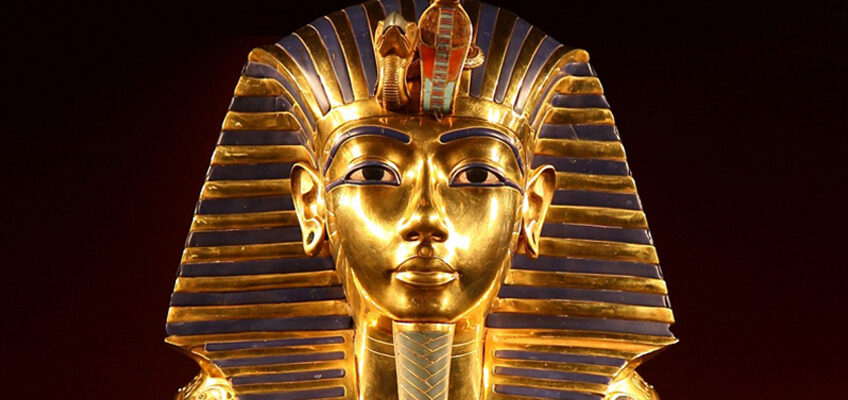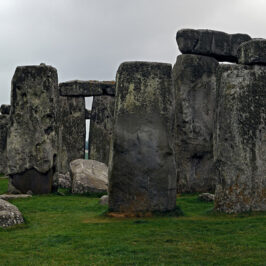In 1798, in an obscure village in Egypt, during the Napoleonic War, a wall was destroyed and a stone fell out of the wall, face up. The soldiers looked at it and saw writing on the stone. Someone recognized that some of the writing was in Greek. That stone became known as the Rosetta Stone and its study by Jean-Francois Champollion resulted in the translation of the ancient languages of Demotic and Hieroglyph. Those discoveries created an explosion of interest in ancient Egypt. That interest was taken off the charts in 1922 when Howard Carter uncovered King Tut’s tomb. Those events still impact our world and the world is still interested in anything Egyptian. Come and hear the stories.
Latest posts from Ken Sorensen
- Hannukah & Christmas - January 7, 2024
- George Frideric Handel – Handel’s Messiah - July 9, 2023
- Roberto Clemente – The ball player & the humanitarian - July 9, 2023
Similar Posts
Corrie ten Boom
April 29, 2019
She came from the Netherlands and grew up at a time of persecution. How do...
Ken SorensenApril 29, 2019
Norman Rockwell
October 29, 2018
The sound of his name inspires images of the art of Americana. His life and...
Ken SorensenOctober 29, 2018
Michelangelo
August 29, 2018
The man and his art. His very name inspires awe and almost reverence in seeing...
Ken SorensenAugust 29, 2018







